For Transports & Rescue Pilots
When training pilots, regardless of military or civilian sector, one must need to operate trainer aircrafts.
Therefore, the Japanese Air Self-Defense Force (JASDF) has several types of these planes, including the propeller-powered T-7 trainer, which every JASDF pilot starts their career with.
After acquiring basic piloting skills aboard the T-7, cadets will then move on to different jet trainers, depending on what they aspire for – fighters or other aircraft such as transports and rescue planes.
Those pursuing fighter jets proceed to the T-4 trainer, a made-in-Japan jet plane also used by the famous “Blue Impulse” aerobatic team.
Meanwhile, those aiming for transport or rescue pilots will train on the T-400.
No, not Skynet’s rudimentary model from the Terminator Series, but a modified business jet used for flight training.
- General Overview
| Length | 14.75m (48.4ft) |
| Width | 13.26m (43.5ft) |
| Height | 4.24m (13.9ft) |
| Crew | 2 people + 4 passengers |
| Speed | 963km/h (600mph) |
| Range | 3,000km (1,865 miles) |
| Altitude | 12,500m (41,000ft) |
| Unit Price | 10 million USD |
Introduced in 1994, the T-400 trainer has been used in the basic flight training course, flown by cadets hoping to pilot aircrafts like the C-130 transport or the U-125A rescue jet.
With only 13 units ever produced, these trainers were previously stationed at Miho Air Base in Shimane Prefecture, but are now concentrated at the flight training squadron at Hamamatsu Air Base (Shizuoka Prefecture).
Unlike other trainers, the T-400 has a side-by-side cockpit arrangement, allowing the instructor to sit right next to the cadet.
This is intended to recreate the actual cockpit configuration of transports and rescue planes, though the cadets will face enormous pressure from their adjacent seat (Of course, having the instructor sit behind you is no better).
Cadets will spend around 47 weeks flying the T-400, and after passing a series of rigorous training and exams, they are finally granted the long-awaited “wing mark” – the symbol that certifies them as pilots.
Some cadets who wish to become transport pilots may earn their wing mark through a US-sponsored training program, where they board the T-1A trainers in the states.
Originally A Mitsubishi Product
Being based on a business jet, the T-400 offers excellent maneuverability and cruise range, making it more than suitable for a trainer.
However, it was actually “re-imported” into Japan.
The story goes back to when Mitsubishi Heavy Industries developed a business jet called the “MU-300.”
Despite being a good product, its sales performed poorly and was eventually sold to the American aviation company Beechcraft (now part of Raytheon).
After Beechcraft made a new model based on the MU-300, this was later adopted by the US Air Force as the aforementioned T-1A trainer.
Such move caught the attention of JASDF, who has always been taking notes from the US Air Force, as they were basically responsible for JASDF’s establishment in the first place.
Although it was renamed and repurposed, the T-400 is essentially a variant of Mitsubishi’s original jet plane, thus making them the perfect candidate to handle maintenance and repairs.
The T-400 is expected to continue its service for the foreseeable future, but as JASDF eventually phases out the U-125A rescue jets, only those aiming for transports will remain training on it.

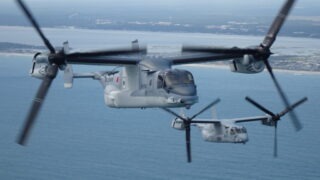
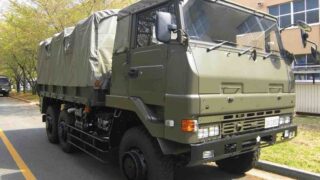
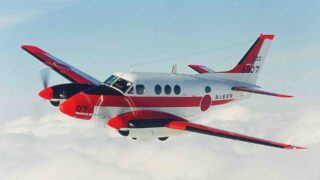
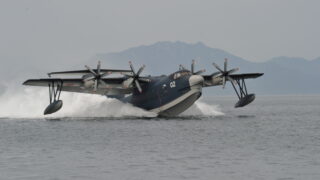
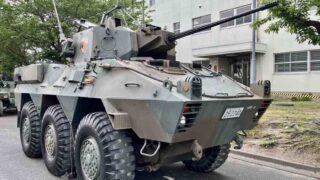

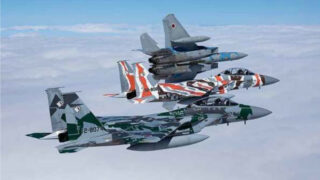
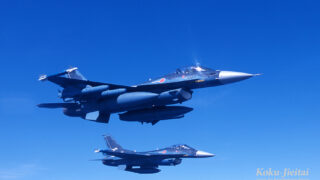
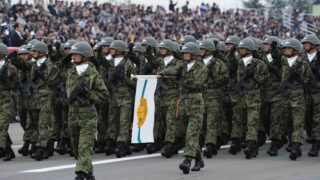
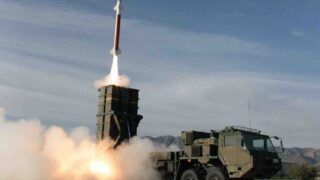
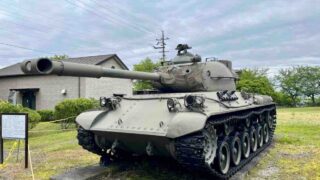
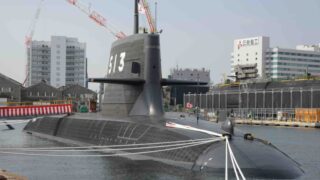
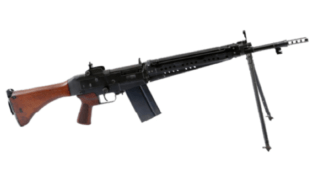
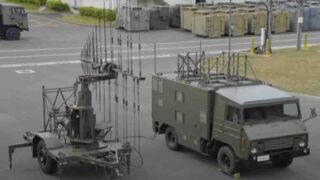
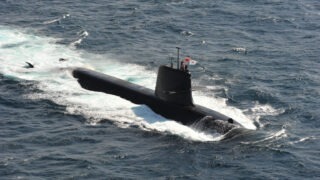
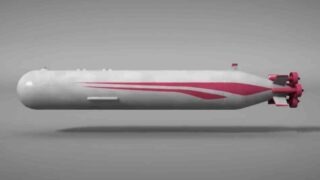
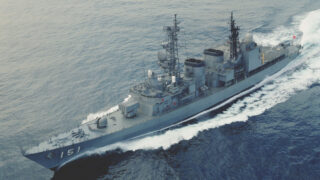
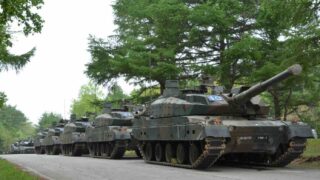
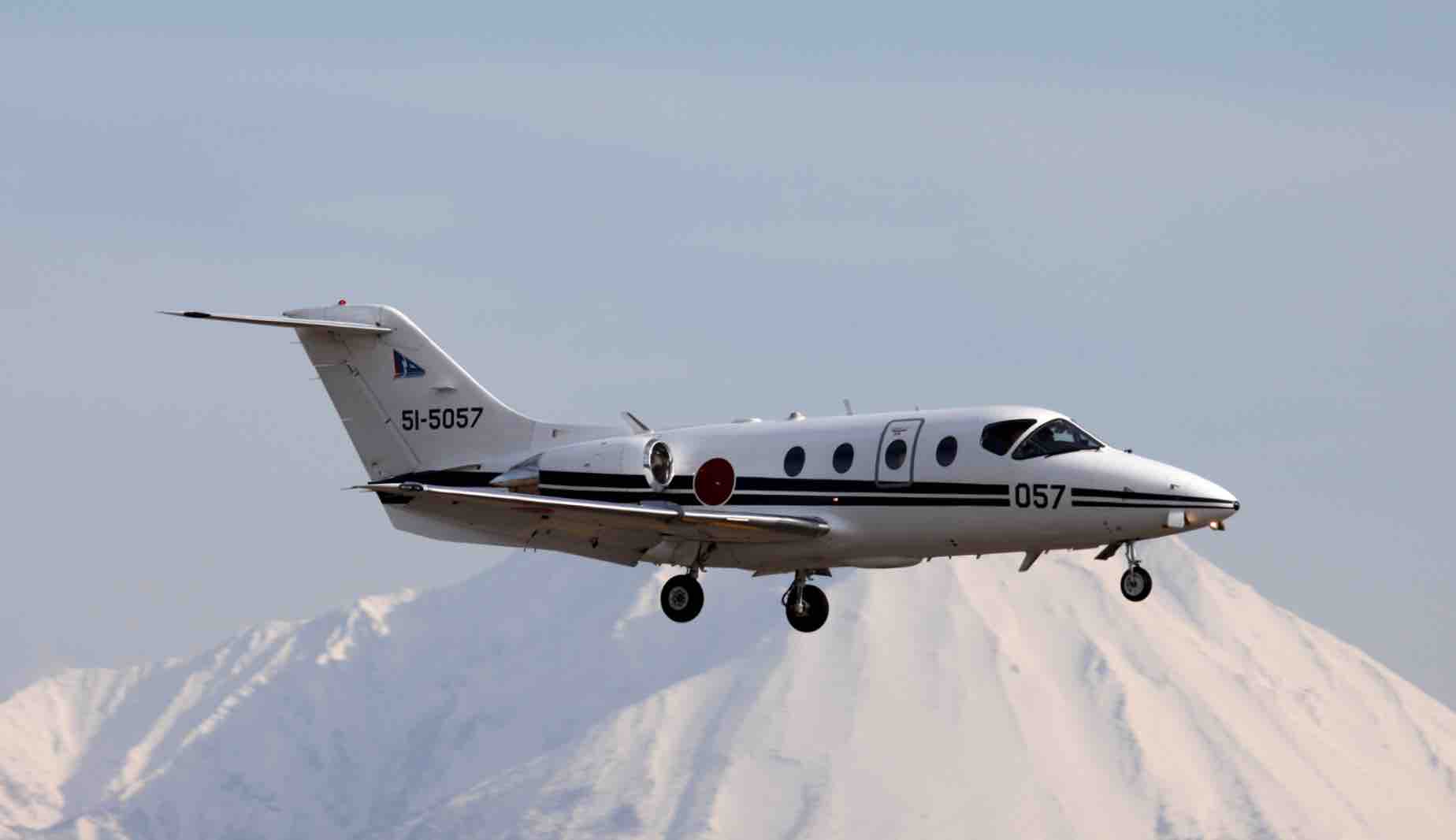
Comments